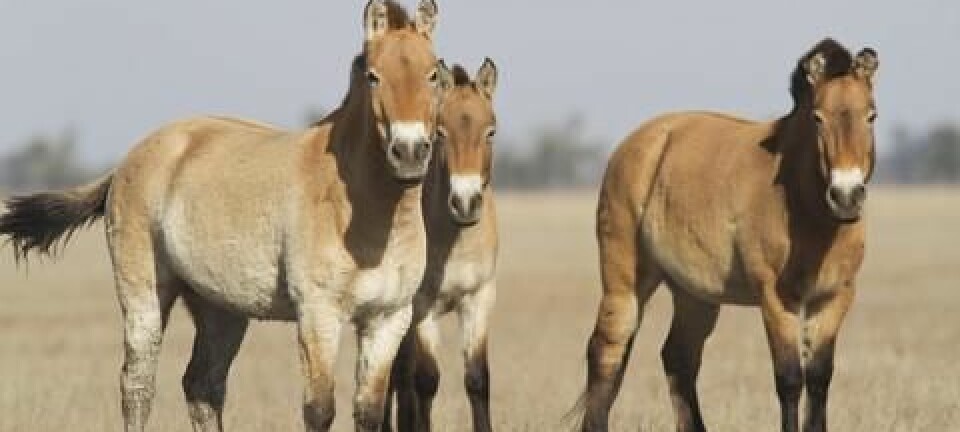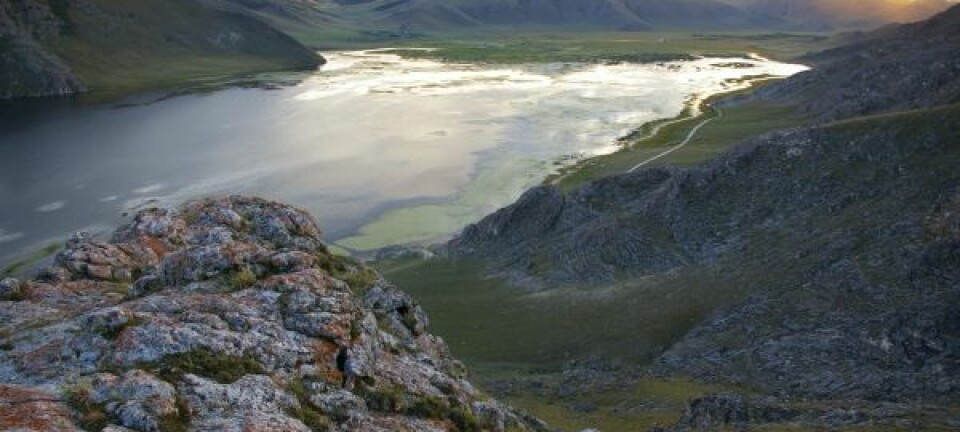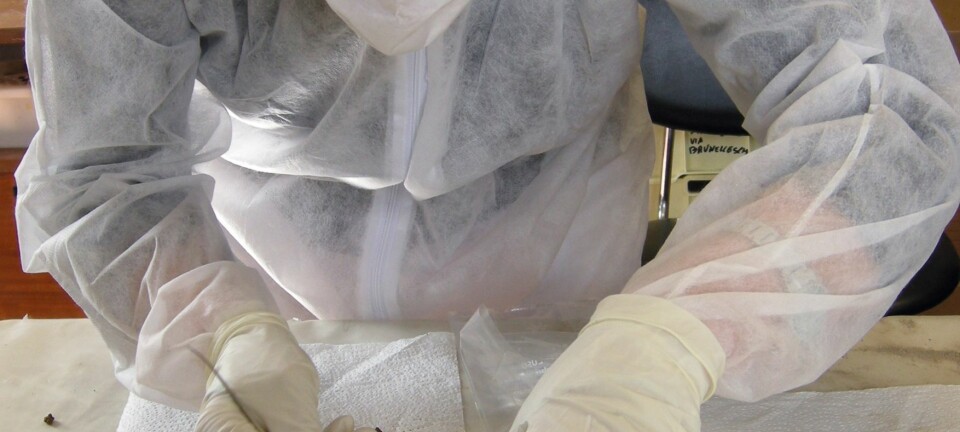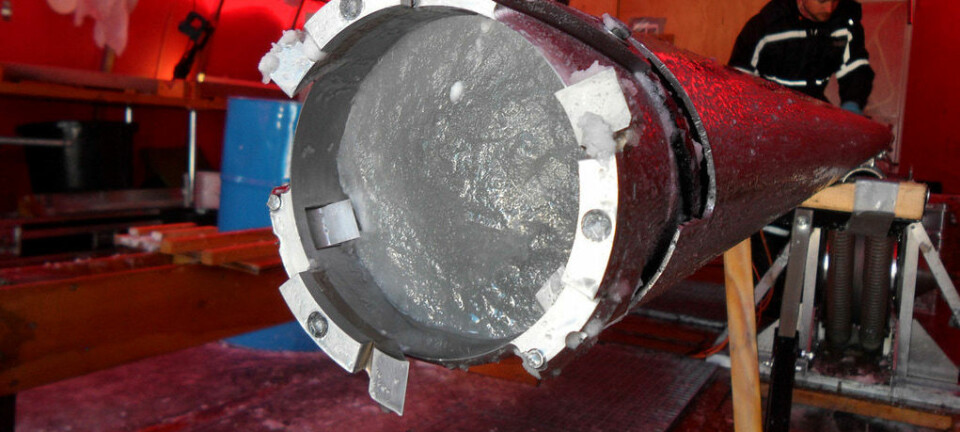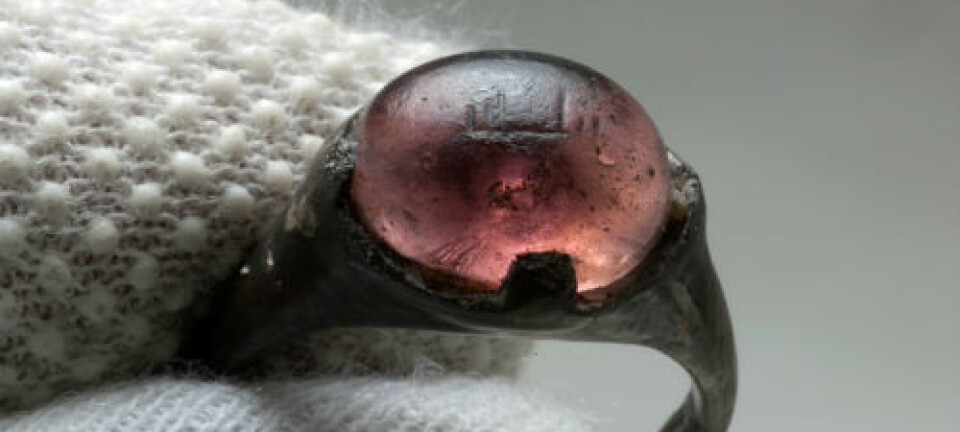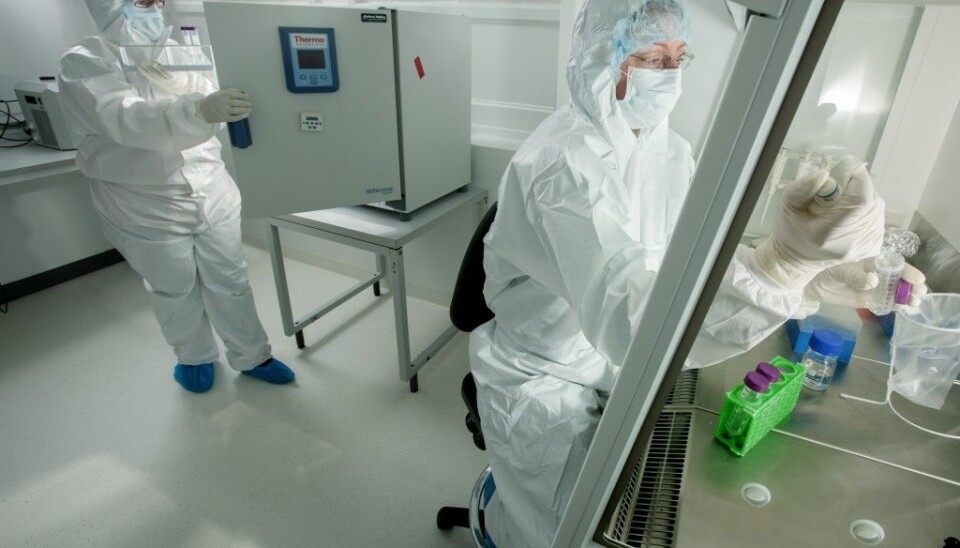
Kennewick Man’s genome suggests Native American ancestry
New genetic evidence turns existing theories on their head and settles a fierce debate over the remains of a prehistoric man once and for all.
Nineteen years ago in the town of Kennewick in Washington, USA, a couple of college students stumbled upon the remains of a male skeleton.
Radiocarbon dating revealed he was 8,500 years old and he is currently regarded as one of the most important skeletons ever found in North America.
He is perhaps also the most controversial. A fierce legal battle was fought between scientists and those who wished the skeleton to be repatriated to local Native American tribes who claimed him as their own.
A 2004 court ruling decided that no one had ownership over the remains of Kennewick Man, but that his remains should be safeguarded by the U.S. Army Corps of Engineers, who owns the land where the remains were excavated. It also granted scientists the rights to study the remains.
Native Americans nonetheless took him to be an ancestor and called him the Ancient One. But initial investigations suggested Kennewick Man was not a Native American, and scientists believed he was more similar to an ancient group of people who went on to populate Polynesia. In fact, the Ainu people in Japan are thought to be the closest living relatives to this ancient group of people.
So was Kennewick man more closely related to the Ainu people or Native Americans? The debate continued for 19 years, until today.
Now an international team of scientists have sequenced Kennewick Man’s genome and found that Native Americans have the strongest ancestral claim.
The study is published this week in Nature.
Probably a local man related to the Confederated Tribes of the Colville Reservation
Eske Willerslev, a professor with the Centre for GeoGenetics at The University of Copenhagen, Denmark, led the research and described the findings during a press conference held at the Burke Museum of Natural History & Culture in Seattle, USA.
“The first important question we tried to address was to what contemporary population is Kennewick man most closely related,” said Willerslev.
“It's very clear that the genome sequence shows that he is most closely related to contemporary Native Americans,” he said.
Willerslev and colleagues extracted DNA from one of Kennewick man’s hand bones. The DNA was highly degraded but there was enough material for them to sequence the genome. They compared their results with a worldwide genomic database as well as DNA samples volunteered from members of a local Native American tribe and the Ainu tribal chiefs in Japan, and found Kennewick’s man’s closest living relatives.
The Kennewick Man is most closely related to modern Native Americans -- and not to Polynesians and the Ainu people of Japan as others who had studied the remains had previously thought.
Willerslev and his team then compared his DNA closely with that of present day Americans to narrow down the search for Kennewick Man’s closest relatives.
“What we can see is that Kennewick Man is more closely related to some native American groups than others, for example some from the north west of the US as well as being very closely related to the Coleville tribe who provided the DNA,” said Willerslev.
They concluded that Kennewick’s closest known relatives alive today are in fact the Confederated Tribes of the Colville Reservation from Washington, USA.
A direct descendant or a long lost ancestor?
From the genome, scientists can say that Kennewick Man and the Native American's common ancestors were probably living roughly 700 years before he was born.
This so-called divergence point marks the time at which the last common ancestors between Kennewick man and the modern Confederated Tribes of the Colville Reservation existed around 9,200 years ago.
One of the authors on the study, Rasmus Nielsen, is a professor in the statistical and computational aspects of evolutionary theory and genetics at the University of California, Berkley, USA. He explains that whether the Colville tribes are direct descendants of Kennewick Man or if they simply share a common ancestor before genetically diverging away from each other is something that the scientists do not yet know.
Willerslev offers an explanation to that question.
“From my understanding of the history between these five tribes, you know they have been intermarrying with each other for many years, as far back as anybody can remember. So my expectations would be that the other four tribes would also be closely related to Kennewick man, but of course we have not tested that,” said Willerslev at the press conference.
They hope that more Native Americans will volunteer DNA samples to help them assess this further.
DNA settles a 19-year long debate
A recent book published in September 2014 by Douglas Owsley from National Museum of Natural History in USA, along with 45 other co-authors, describe in detail just who Kennewick Man was thought to be -- a member of an ancient seafaring people presumed to be original settlers of the Americas.
Their skulls were narrower and their faces smaller than modern day Native Americans. In fact, studying the cranium morphology, that is the shape of the skull, scientists thought that these early settlers originated from the same group of ancient people that populate Polynesia today, such as the Ainu people of Japan.
Based on this, they suggested that Kennewick man and the modern day Polynesian peoples shared common ancestors – a group of people who probably lived in and around present day Japan, according to an article that appeared last year in the Smithsonian Magazine.
Other competing theories were that Kennewick man was of European descent or, of course, Native American.
In the new study, they reevaluated the original morphological data of Kennewick man’s skull.
“Basically, the conclusion from this reanalysis is that a single individual from a certain time and from a certain spot cannot actually, with any significance, be associated with one specific living population,” said Willerslev.
“If you had a hundred Kennewick men from the same area then you would potentially have the possibility to somehow associate him with a contemporary population,” he said.
In their paper they conclude that despite these earlier theories and debate, it is now settled that Kennewick man was not closely related to Polynesians and that he was in effect, a local man.
Technological developments allow for these new results
Scientists extracted less than a gram of bone material for their analyses. Whilst the DNA itself was severely damaged, as is typical with ancient human remains, they had just enough material to sequence the entire genome.
Morten Rasmussen, a post doctoral researcher from the GeoGenetics Centre in Copenhagen, was one of scientists involved in the study.
He explains why previous attempts to sequence Kennewick Man’s DNA have failed.
“A lot of the earlier attempts were done in the 1990s and early 2000s and technology has since then improved quite a lot. That means we can now get information out of shorter pieces of DNA. And given the very degraded DNA of Kennewick man, that’s absolutely key for addressing these questions,” he said.
So what happens now and who has rights to Kennewick Man’s remains?
Who then, can claim Kennewick Man as their own? And does this 19-year story of legal battles and pioneering scientific discovery provide any guidance for how scientists and native peoples in America and around the world can work together in the future?
Willerslev suggests that such endeavors work best when based on mutual respect and when scientific investigations actively include local tribes peoples with an interest in the research outcomes.
“The reason why we can come to this conclusion scientifically speaking is because the remains were made available for science,” says Willerslev, referring to the main conclusions of the study and the earlier legal battle for access to Kennewick Man.
“At the same time you can say the conclusions really shows that he was Native American, and maybe it should've been different in the first place. But I guess there is some kind of irony there,” said Willerslev.
Laws are in place to protect the remains of Native Americans and to return them to tribal communities if such a claim is upheld in the courts. But the 2004 court ruling stated that Kennewick Man’s remains could not be identified as Native American, and access to his remains for scientific investigation were granted for a limited amount of time.
Kennewick Man himself continues to be housed at the Burke Museum in Washington State, USA. He is not on display and access to him is strictly controlled by the U.S. Army Corps of Engineers.
Whether the results of this new study will lead to renewed scientific investigation or legal proceedings to repatriate Kennewick man to Native American tribes people remains to be seen.
